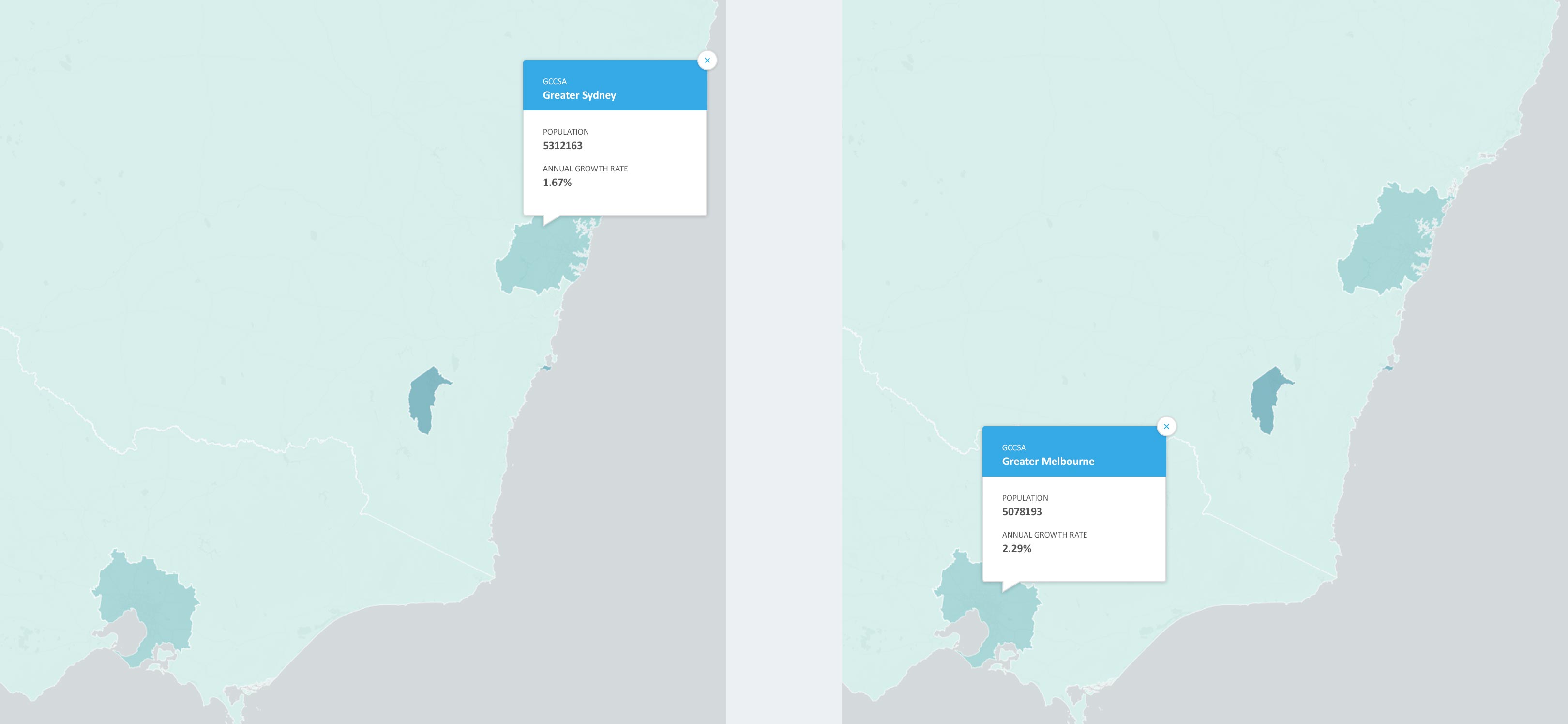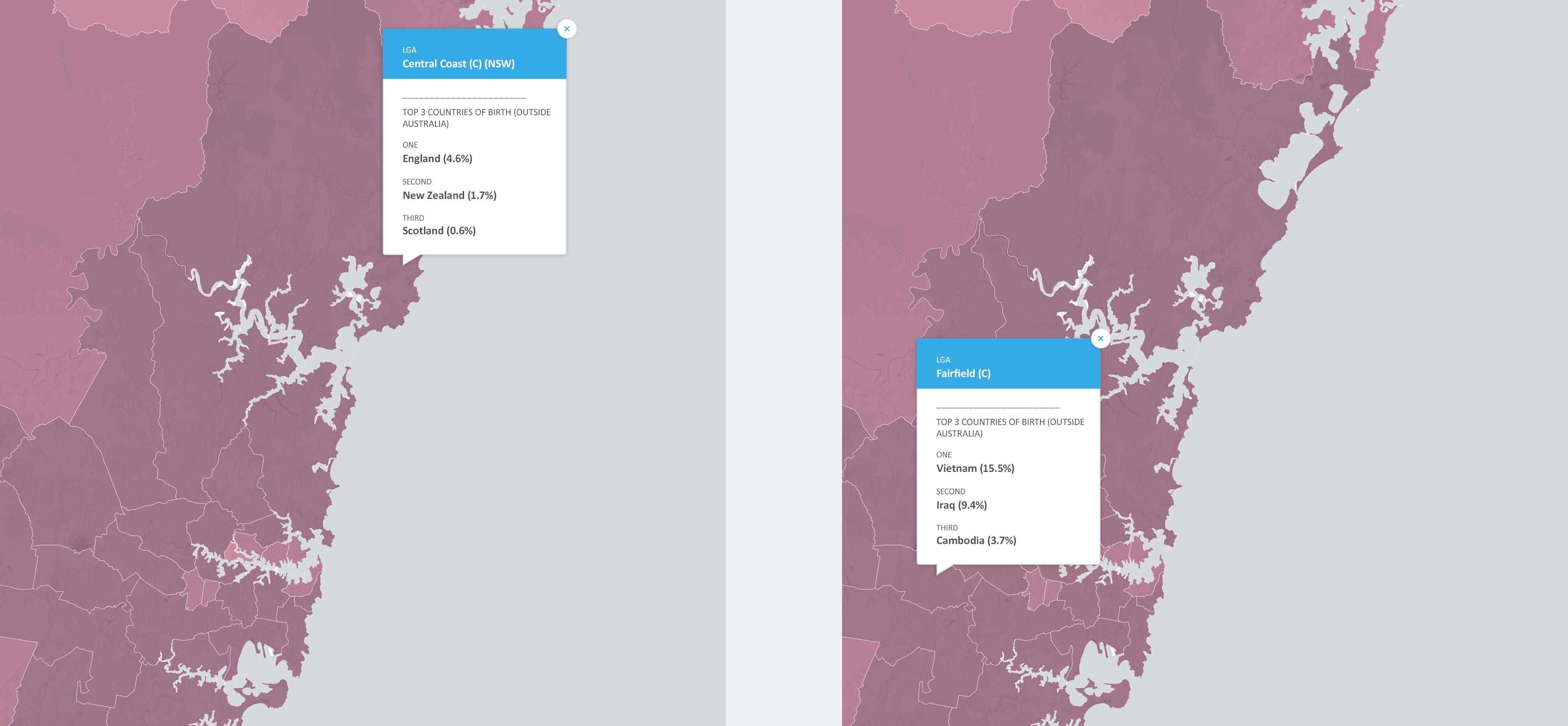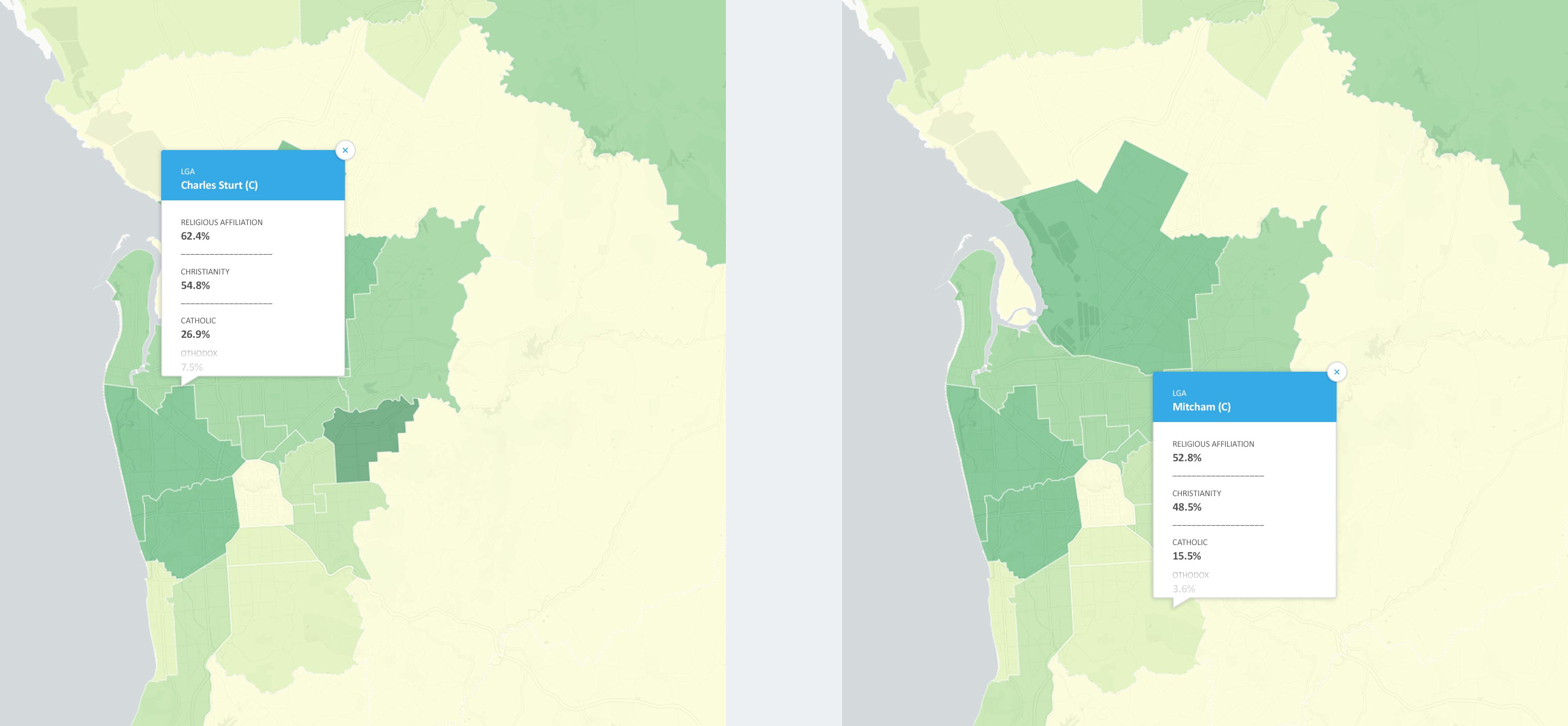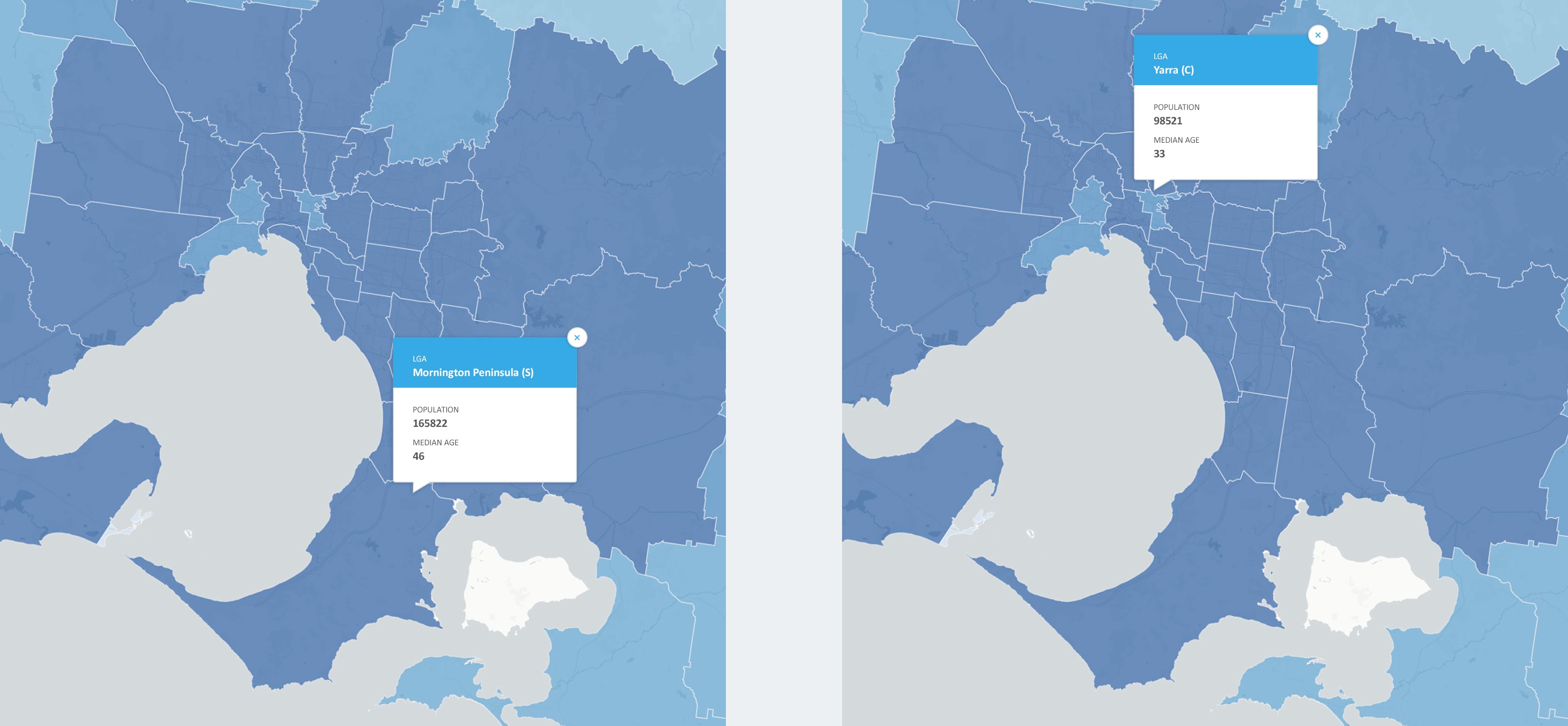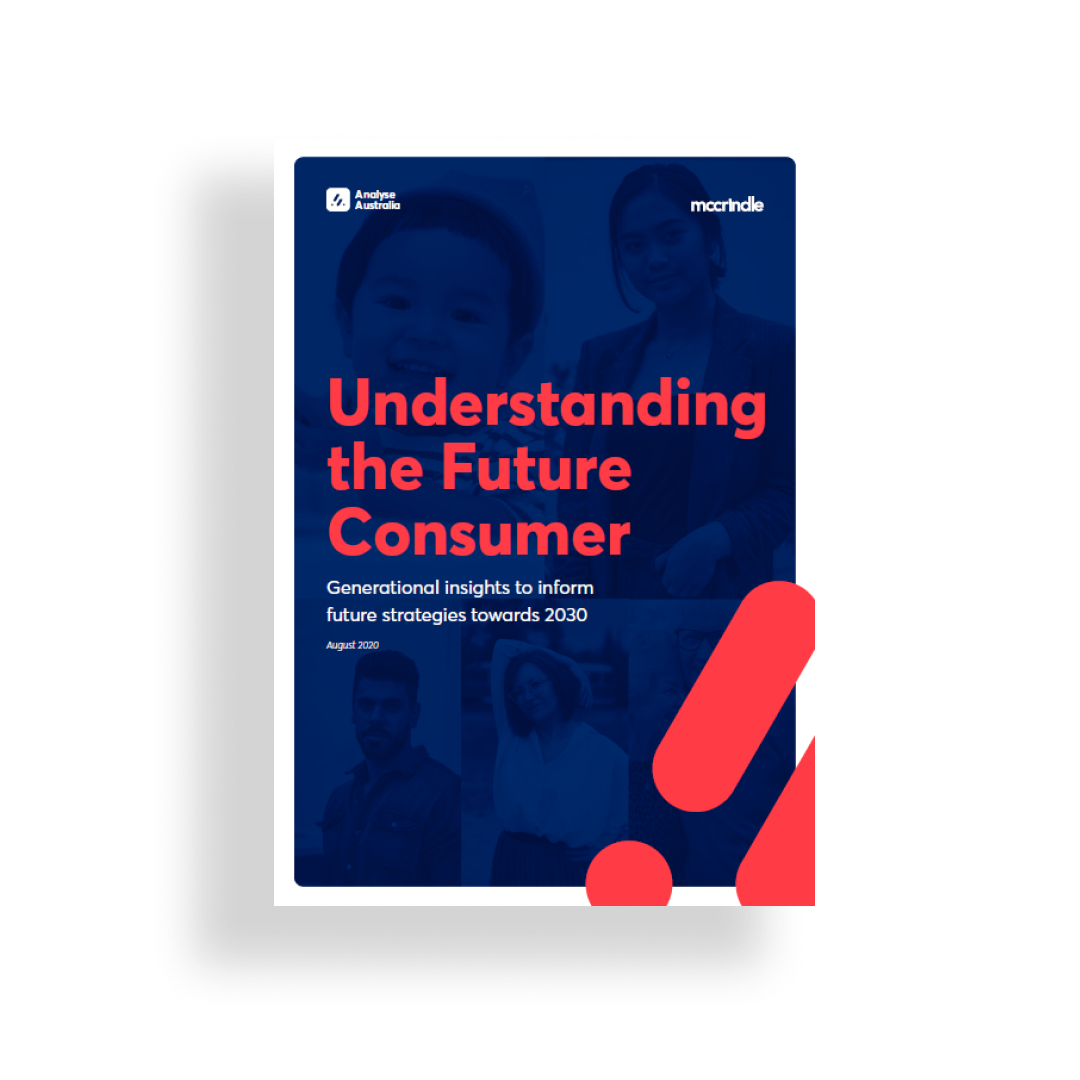How demographics can help multi-location businesses

In 2017, two pairs of Queensland brothers and a car (Japanese) set the record for fastest time around Australia with five days, 13 hours and 40 minutes.
The route taken was Highway One, the longest national highway in the world. It stretches more than 14,000km, looping almost the entirety of Australia. A strong case can be made here that you should lose the status of an island if you are also a continent.
Over just five and a half days, Highway One took the pair of brothers through every state and capital city in Australia, except Tasmania (probably not worth the 20-hour round trip by ferry) and the ACT.
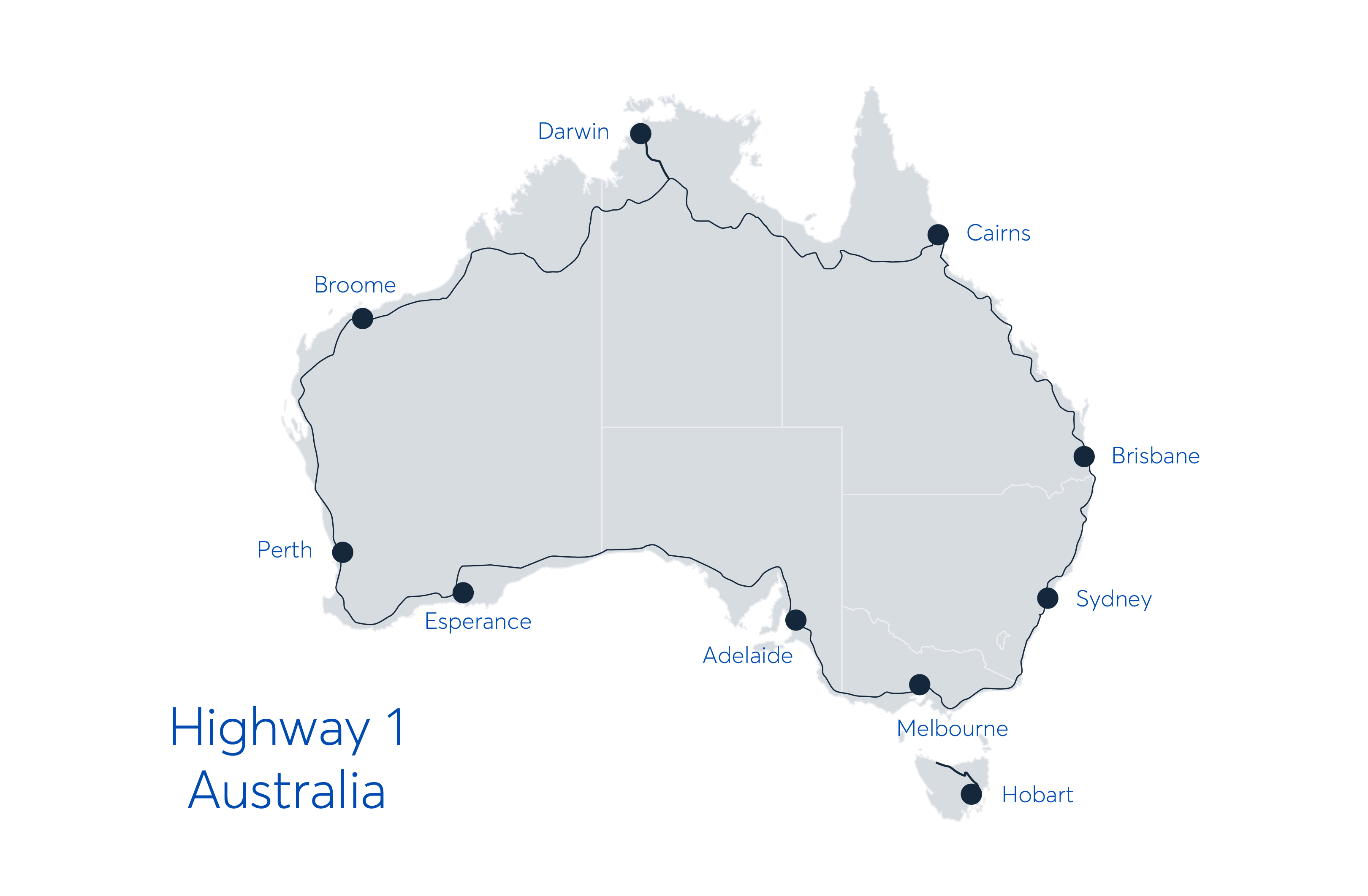
Along the trip, they were met with varied road conditions, wide-ranging landscapes, and diverse people.
Understanding population growth
This record-setting trip took our Queensland brothers through most of Australia’s population centres, suburbs, and towns. With a national population of 25.7 million, these communities are made up of their own unique composition of people.
Sydney is Australia’s largest capital city with a residential population of more than 5.3 million. Melbourne follows closely with just over 5 million residents. Over the past year, however, Melbourne has been the faster growing capital city (2.5% cf. 1.8% Sydney). This boom of 119,421 residents for Melbourne is equivalent to growing by almost the entire population of Darwin (148,564) over one year.
Considering cultural and religious diversity
Beyond just the number of people, Australia’s increasing diversity also means that cultural and linguistic composition vary greatly from area to area.
The difference in migrants’ countries of birth between the Central Coast and Fairfield in Sydney is measured more by continents and less by countries.
Down in South Australia in the City of Churches, almost two thirds of residents who live in Charles Sturt identify with a religious affiliation (63%), where Christians make up more than half of the population (55%). In neighbouring Mitcham, on the other hand, just 53% of residents are affiliated with a religion, and less than half are Christians (49%).
Comparing ageing populations
With the national median age increasing from 35 to 37 over the past two decades, the effect of ageing population is also felt differently from town to town.
Within Victoria’s state capital, the median age of Yarra, and by extension the overall age distribution, is more than ten years younger than that of Mornington Peninsula (33 cf. 46). It should be no question then which one is the inner-city suburb attracting young professionals and which one is the coastal holiday area attracting retirement-ready residents.
Further north in the Sunshine State, home to the nation’s second most decentralised population (51% live outside of capital city Brisbane), the composition of the retiree communities is as diverse as the coastal neighbourhoods that they are in.
The number of Gold Coast residents who are aged 75 or above is four times as large as Fraser Coast (40,170 cf. 10,802). As a proportion of the total number of residents, however, Fraser Coast is more retirement-centric (10% cf. 7%).
For the Queensland brothers who took just five and a half days to dash through all of Australia, the nuances of each suburb and town perhaps are not as important as the next petrol station pitstop.
For businesses that have clients locally, however, understanding the lay of the land should be as essential as understanding your own offerings. We believe that understanding and aligning the external and the internal will give businesses the best chance to strategize and thrive.


